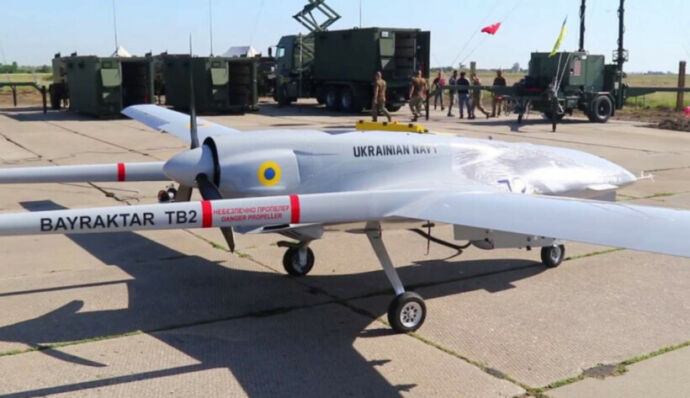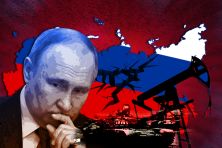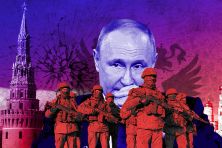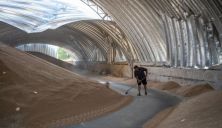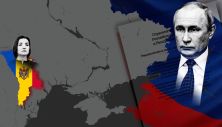Full-scale production of Bayraktar drones is planned to be established in Ukraine. It may start soon.
What does this mean for Ukraine and how the Armed Forces are developing – told the Lieutenant General of the Armed Forces of Ukraine, military expert Ihor Romanenko in the program “5 questions” on the UA TV channel.
Oleh Borisov hosts the program.
– The Bayraktar drone performed well during the first use. How can drones help the Ukrainian army in the future?
– Bayraktars are on duty in the East of Ukraine, in Donbas for more than six months. A new element of this alternation has recently occurred. That is, there was the use of a guided bomb in response to the shelling of Russian terrorist forces, who fired on our infrastructure, civilian and military facilities, and violating the Minsk agreements. As a result of these shellings, our serviceman was killed and two others were wounded.
In response, the leadership of the Armed Forces of Ukraine decided to strike, as a result of which the gun was destroyed, damaged and disabled, and partially affected the calculation of this gun. Other calculations diverged, and the illegal shelling carried out by these calculations ceased.
– Will the production of drones in Ukraine benefit the army and the military industry?
– Unmanned aerial vehicles – a new weapon of the 21st century. Control range – up to 300 km. This is a new weapon that has shown its effectiveness during combat use by Turks in Libya, Syria, and Azerbaijani troops in Nagorno-Karabakh.
In this regard, we had a preliminary agreement to build both a production plant and a center for the preparation of calculations and maintenance of these unmanned aerial vehicles. What is happening now. That is promising.
We produce our own drones, but so far more reconnaissance drones, repeaters, jammers and more. And now we are gradually moving to reconnaissance and strike systems, the operational and tactical level, which is Bayraktar.
– Earlier it was also said that Ukraine should increase the production of tanks, armored personnel carriers, light armored vehicles. In the current hostilities in the Donbas, what is better to bet on – drones or ground armored vehicles?
– The combination of different types of equipment will be correct. There is a development of ground equipment, we are testing unmanned robotic systems. In particular, testing of such systems in the East. The future is behind them. But also the equipment mentioned by the Commander-in-Chief of the Armed Forces; that 50% of the tank fleet has already been modernized, it is very important. Further work on modernization is underway. That is, we need, taking into account our financial and economic capabilities, to combine these processes, giving priority to more modern and more effective weapons and equipment.
– Are there drones, equal or similar to Bayraktar?
– There is similar equipment in the United States, China, Israel and other countries. But here it is still important to combine price/ quality, which is important for us, given the level of development of our economy and our financial capabilities. We have given parity for the purchase and further joint development to Bayraktar. Not only to these drones, but in general to work with the Turks.
– Tell us about NATO standards. Can we say that Ukraine is getting closer to the standards of the Alliance?
– The NATO system has about 2,000 standards. They concern the state as a whole, but first of all the Armed Forces of Ukraine. At the moment, according to the Commander-in-Chief of the Armed Forces, we have met about 300 standards. That is up to 2 thousand, of course, quite a long way.
On the other hand, I would like to say that a number of countries that have joined NATO were in compliance with about 100 relevant requirements and procedures at the time of their accession. And we already have 300. That is, the question here is not only to meet the requirements of what we do, but also the perception of the countries that are members of this structure, a country that aspires to become a member of NATO.

